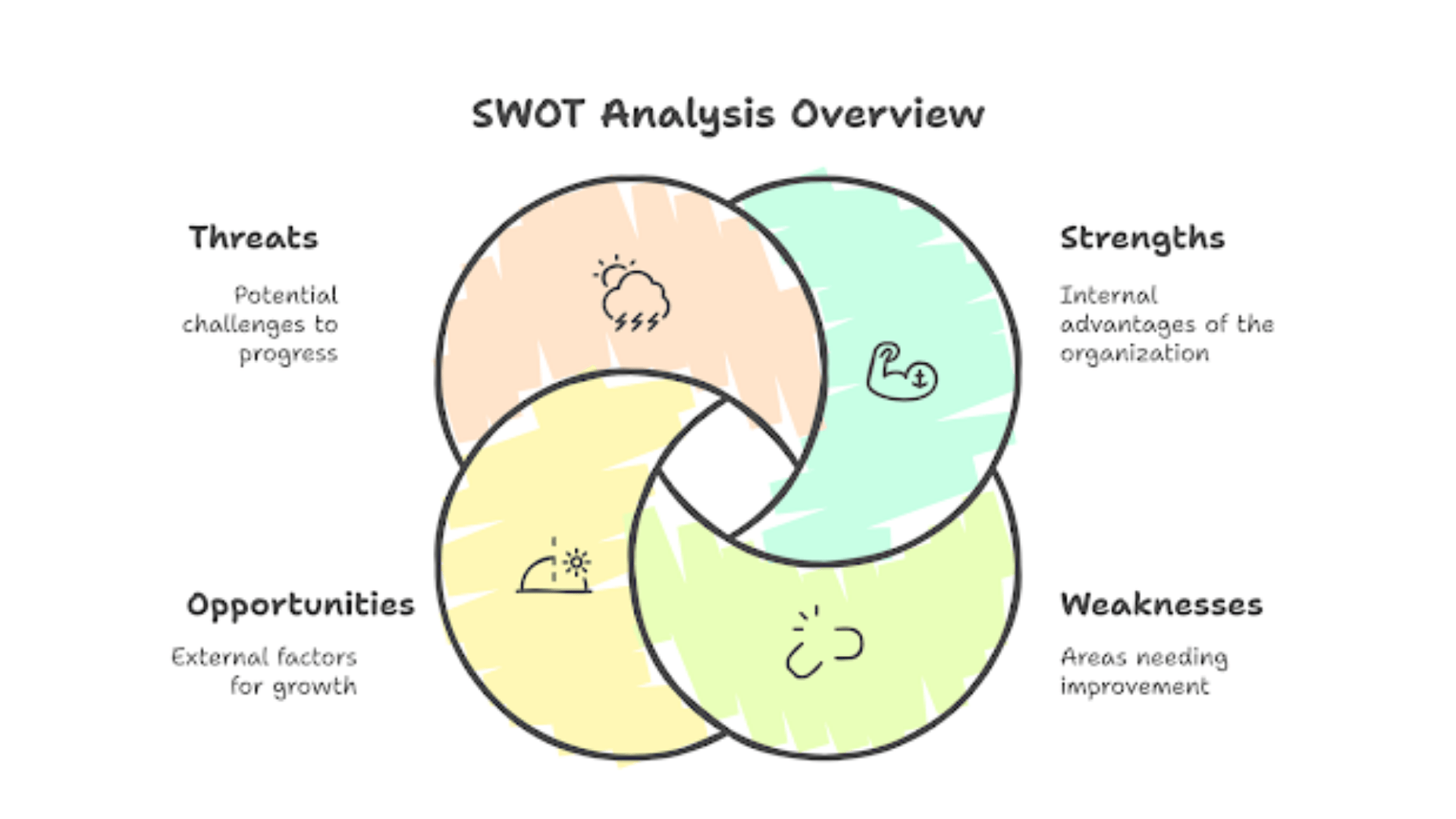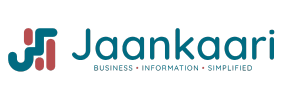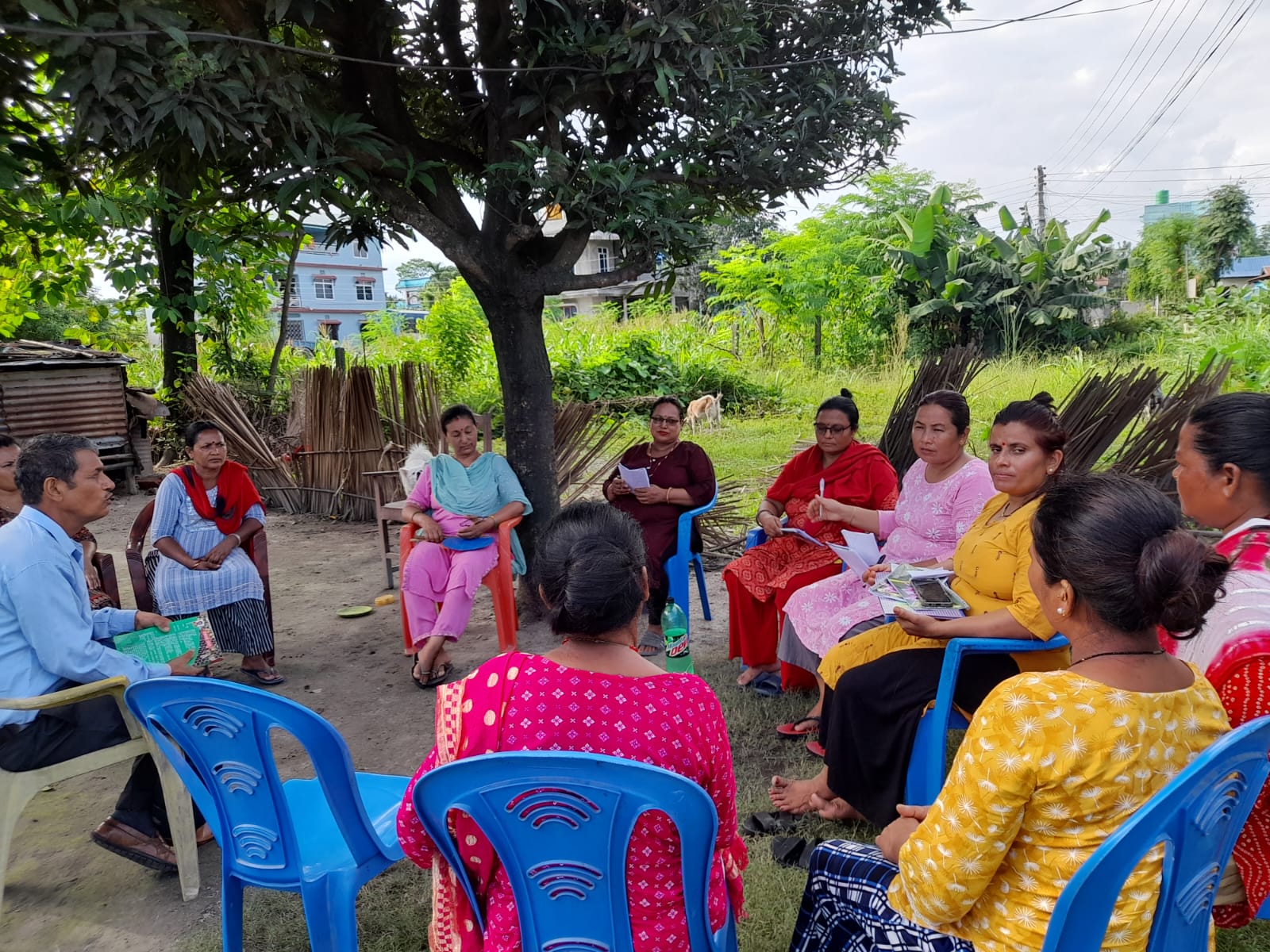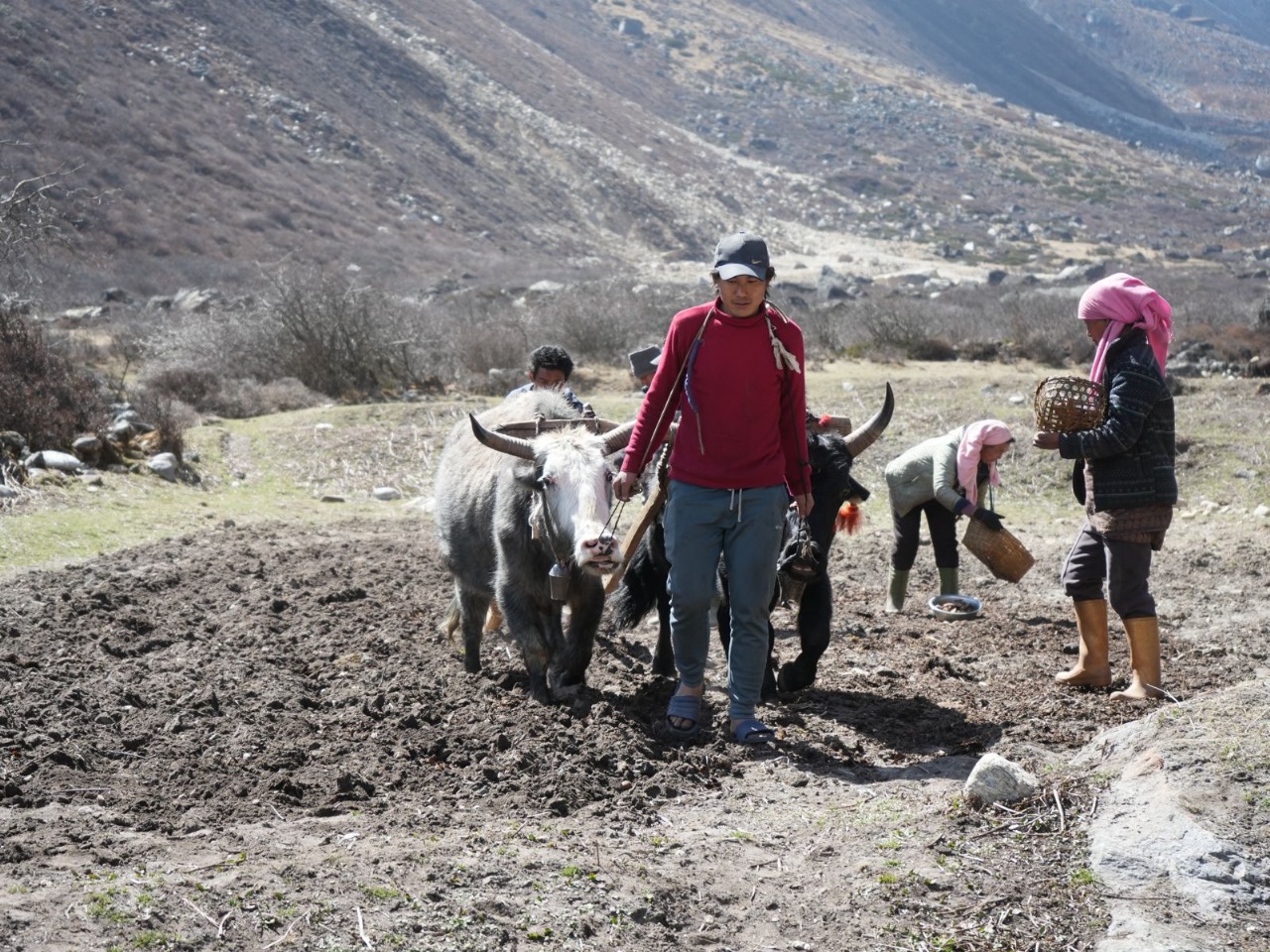Every business wants to grow. But in this competitive market, how can you ensure your business will survive and thrive? The answer lies in making strategic decisions.
This is where SWOT Analysis comes in. This strategic framework helps businesses identify their Strengths, Weaknesses, Opportunities, and Threats. By understanding these four aspects, you can get clarity on where you stand and take necessary steps to improve your market position, make strategic decisions, and adapt to the changing market.
What is SWOT Analysis?
SWOT analysis is a structured framework for businesses to identify Strengths, Weaknesses, Opportunities, and Threats. It is a simple yet powerful tool to make a strategic decision.

While widely used in the business sector, SWOT analysis is not limited to companies — it is just as useful for individuals. Whether you are planning to build a startup, planning a career, or self-transformation, SWOT equips you with a roadmap for growth.
For a business to make strategic decisions, internal (within organizational control) and external (beyond organizational control) factors must be properly analyzed. Here, SWOT analysis plays a crucial role.
SWOT analysis helps to identify strengths and opportunities, enabling them to leverage their advantages. Moreover, recognizing weaknesses and threats helps to stay alert to the potential risks that affect their success.
How to develop a SWOT Analysis?
SWOT analysis is prepared in a 2×2 grid matrix, where each quadrant represents one of the four aspects: Strengths, Weaknesses, Opportunities, and Threats in business. Strengths and Weaknesses indicate internal factors, whereas Opportunities and Threats represent external factors. In each section, key points significant to the section and relevant to the business must be listed.
Here, is what you need to list in each quadrant:
Strengths— Internal Benefits —
What makes you stand out? |
Weaknesses— Internal Limitations —
|
Opportunities— External Prospects —
|
Threats— External Obstacles —
|
By including key points in each quadrant, we can assess the advantages, address challenges, and make optimal business decisions.
| Additional note:
SWOT Analysis is more effective when it involves cross-functional teams. Relying on oneself with partial understanding can lead to biases in forming assumptions. Only the encouragement of a diverse flow of ideas and perspectives leads to a well-rounded analysis of the organization. Moreover, when the ideas are backed by data and experience — it can lead to clear and actionable business representation. |
SWOT Framework: Gaja Bakery and Biscuit Industry
Chaan Singh Shris — a young entrepreneur from Baglung who turned his passion for millet into business. Through his venture, Gaza bakery and biscuit industry, Shris utilized locally grown crops to create millet-based biscuits, gaining local and global recognition.
The business has set milestones for the forthcoming local crop-based business, highlighting the potential of sustainable products. However, the decision itself would not have been an easy one.
Based on the case, let’s develop a SWOT framework on his decision to start a millet-based biscuit industry.
Strengths
|
Weaknesses
|
Opportunities
|
Threats
|
Understanding the framework helps businesses to leverage their strength while mitigating the possible downside of the decision.
















